There plum tree pruning it is an important and delicate cultivation operation, which must be done at the right times and with the right techniques. In this tree species it is necessary to distinguish between two large varietal groups, that is, those that belong to the European plum group (Prunus domestica) and those that are part of the Chinese plum group (Prunus salicina). These two groups have phenomorphological characters different, so it will be necessary to calibrate the pruning interventions according to the peculiarities of each one.
In this article, in addition to pruning the plum tree production, we will see how to set up the most common forms of farming.
When to prune the plum tree
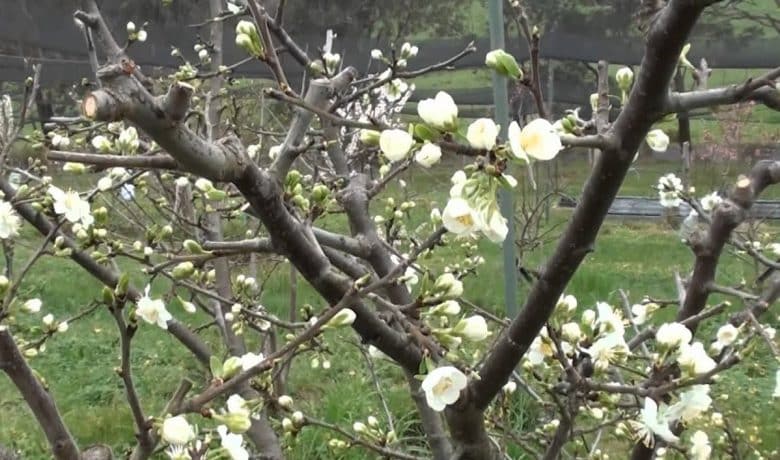
The pruning of the plum tree can be carried out throughout the winter period. Exceptions are those environments where winter temperatures are very cold (for example mountain areas) or where there is a high risk of late frosts (northern plains). In these cases it is better to wait for the end of winter and the results of flowering, and then intervene with pruning based on the presence of damaged gems. The green pruning, with a distinct pattern. The first operation is carried out towards the end of May, in the period in which the fruits are thinned out, to eliminate the vigorous ventral shoots (suckers). At the end of summer, pruning serves to aerate the foliage and, in very vigorous varieties, to slow down the vegetative activity and favor flower differentiation, especially in the years of productive discharge.
Pruning of the European plum tree
The varieties belonging to the European plum group bear fruit mostly on flowering spurs (or bunches of May). These are very short branches, carried on branches of two or more years, with many flower buds surrounding a central vegetative bud. In European plums the darts are very long-lived. We remind you that the European plum tree does not immediately go into production and that it has a mostly assurgent habitus.
Production pruning
The pruning operations they are limited to the renewal of the productive branches that carry the best darts. The production pruning interventions consist in shortening and thinning the fruiting branches. These must be eliminated after 2-4 years of production, taking care to keep a spur to favor the renewal of the vegetation.
Another operation to do in winter is the bending of the most vigorous branches, in order to favor the formation of flowering spurs. The European plum therefore adapts well to regular shapes, with pruning carried out by practicing return cuts.
The goal of pruning is to maintain a good vegetative-productive balance, guaranteeing the renewal of fruiting formations.
The bulk is done at the end of winter, in summer it is limited to removing suckers and suckers.
Pruning of the Chinese-Japanese plum tree
In addition to the spurs, the Chinese-Japanese plum varieties also bear fruit on mixed branches and early branches. They therefore carry a large number of flower buds. This type of plum tree has an early entry into production, with a crown that can be upright, expanded or intermediate.
Production pruning
The pruning of the Chinese-Japanese plum tree must be done more intensively, so as to obtain new wood every year and, above all, to leave on the plant a number of flower buds proportionate to the production capacity. In this way, production alternations and drops in quality and fruit size are avoided.
We intervene with winter pruning by shortening and thinning the fruiting branches. The mixed branches can be thinned, in order to improve the size of the fruit, or even shortened, in trees very rich in flowers.
Pruning of plum trees
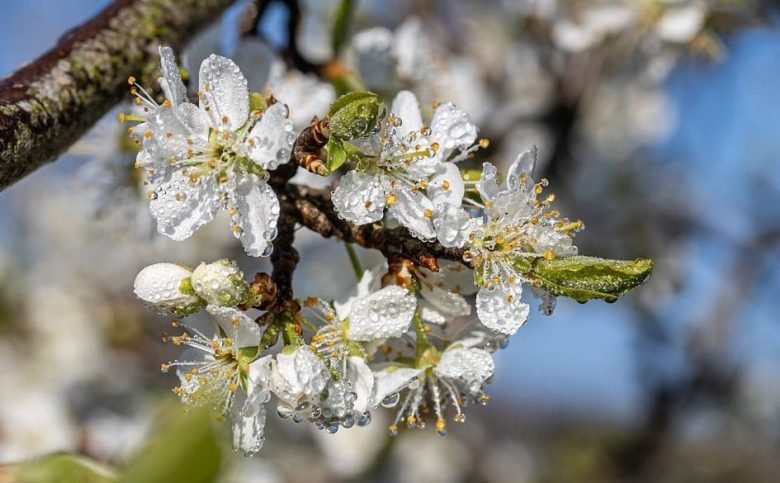
In the first 2-3 years after planting, plum trees need breeding pruning. The objective, valid for both varietal groups, is to obtain well-formed branches well covered with flowering spurs, which have greater productivity than other branches.
The most common form of breeding in the hobby field is the pot, which is well suited to the natural bearing of the plum tree.
Plum in a jar
The jar is a form of plum tree cultivation that allows pruning and harvesting operations to be carried out entirely from the ground. It does not need support in the growth phase and has a fast entry into production.
This shape also allows the light to be intercepted well, with an improvement in the quality of the fruit.
The planting distances vary from 5 x 3.5 m for varieties with high vigor and expanded habit; 4.5 x 3m for cultivar with medium vigor and upright growth habit.
In the first 2 years of growth it is a fairly free form, with many supernumerary branches. From the third or fourth year, it is emptied in the center.
Let’s see it outline of the pruning interventions in the years.
Plant
Let’s start from the moment of implantation (in autumn) using a branch, generally well equipped with anticipated branches. Among these, one is chosen, which represents the provisional central axis. Furthermore, 3-4 branches are chosen to maintain to set up future branches. Branches that are too low are eliminated and the buds lightened.
First year
In the spring of the first year, the extension shoots intended for the formation of the primary branches should be identified. Pruning is done to eliminate vigorous buds that are out of place.
Second year
Shoots that are too vigorous and out of place are always cut. In the rising varieties, the opening of the growth angles of the main branches is done using retractors.
Third year
In the winter pruning of the third year, a first intervention is carried out to stop the growth of the central axis that will be topped. In this way, the growth in volume of the vegetation will be favored. With the summer pruning we intervene by removing the excess suckers on the branches. The plum tree begins to produce on the mixed branches and on the brindilli formed on the productive branches.
Fourth year
With the winter pruning of the fourth year, the removal of the central axis is completed, which will be diverted to a lateral branch. The volume form should now be complete. With the normal production pruning we intervene to guarantee the vegetative-productive balance, through shortening and back cuts on the old wood, and with the removal of mixed branches in excess.

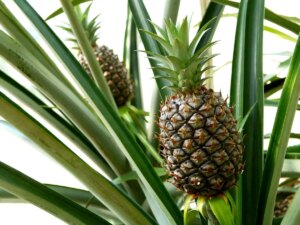
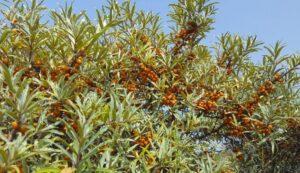
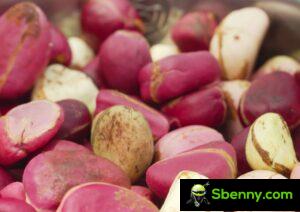
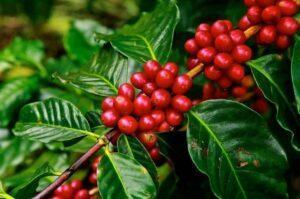
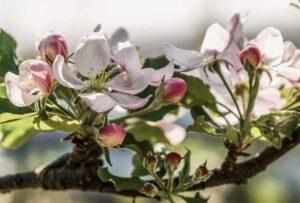
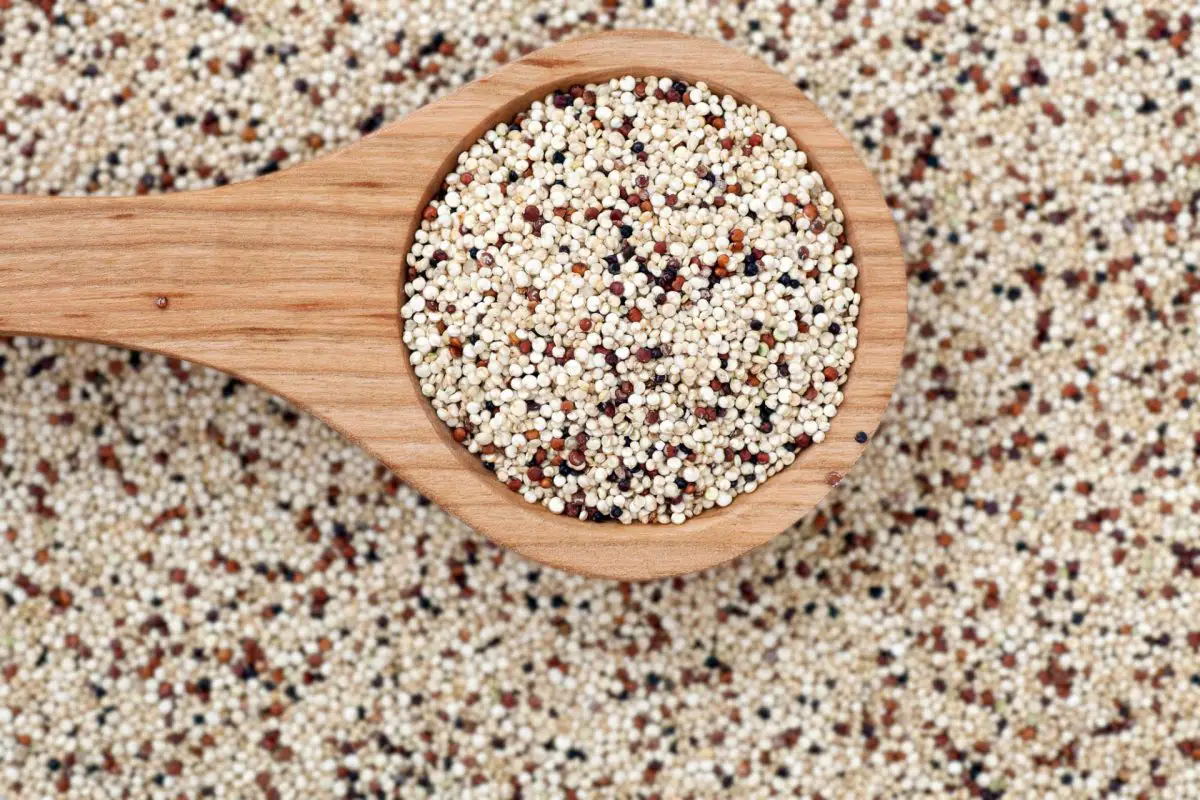
Start a new Thread